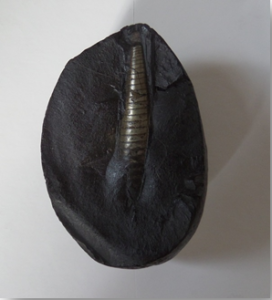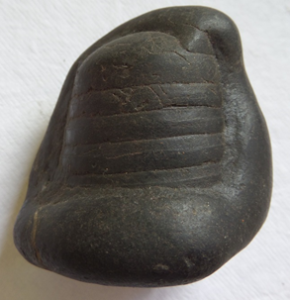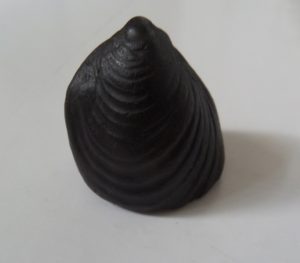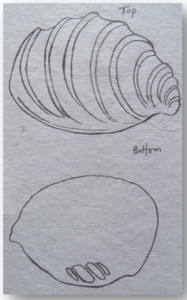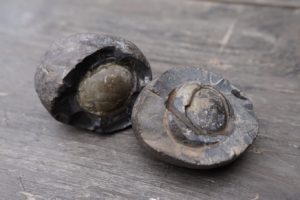I think it’s time for another Spotlight series…
Description:
Narasimha, or conversely Narsimha or Narsingh, is an avatar of Vishnu or Krishna who is considered to be the supreme God in certain traditions of Vaishnavism but is also a popular deity in Hinduism more generally. Narasimha commonly appears in early Hindu epics, iconography, and temple and festival worship and dates back to well over a millennium. Narasiṃha’s appearance is particularly distinctive, usually depicted as having a human torso and lower body with the head and arms of a lion. Narasimha is also colloquially referred to as the god of “in-betweens†given his most famous appearance as the ‘Great Protector’ of the devotee Prahlada or as the protector of all devotees in their times of need. For example, when Narasimha appeared to destroy the demon king Hiranyakashipu, he did so in such a way as to circumvent the demon’s boon not to be killed by any living being created by Brahma, not to be killed at night or by day, on the ground or in the sky, nor by any weapon, human, or animal. Narasimha thus appears as the blending of a man and a lion, at twilight, at the threshold of the courtyard, places Hiranyakshipu on his thighs, and disembowels him with his claws.
As a variation on the Lakshmi-Narayan Shaligram, the Lakshmi-Narasimha Shaligram is easily recognized by the presence of a “fanged mouth†at the apex of the primary opening which also reveals the two internal chakra-spirals typically characteristic of the Lakshmi-Narayan Shaligram. This “mouth,†then usually contains a row of “teeth†visible either along the outer edge of the upper part of the opening or encircling a second inner opening through the central column forming the end of the primary opening.
As manifestations of Narasimha, worship of these Shaligrams is said to bestow protections from enemies and from attacks on one’s faith.  As such, Lakshmi-Narasimha Shaligrams are often sought after by those who live in regions where their particular religious tradition is in the political minority or by those who intend to immigrate to a country significantly outside of their usual cultural mores (such as America or the UK). These Shaligrams are also said to bestow confidence, strength, and righteousness more generally and are considered highly desirable for inclusion in daily puja rituals.
Vedic References: Praanatoshani Tantra pg. 347, Brahmavaivartta (Prakritikhanda, Ch. 21)
Vedic Descriptions: Large opening with two circular marks, glittering to look at, with vanamala mark (BV).
Discussion: This Shaligram bears similar resemblance to the Lakshmi-Narayan Shaligram but is identified by the distinctive “mouth-like†structure located at the top of the main opening. This structure is formed by the incomplete wearing of the ammonite shell out of the surrounding shale nodule, which leaves at least one cross-segment of the internal portion of the ammonite still in place as it breaks out of the shell mold.
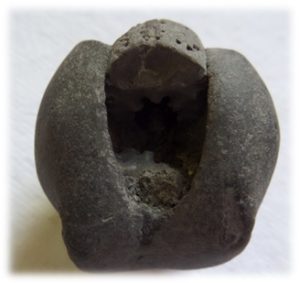
Lakshmi – Narasimha Shaligram
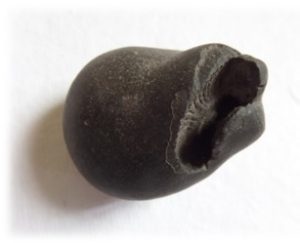
Lakshmi – Narasimha Shaligram

